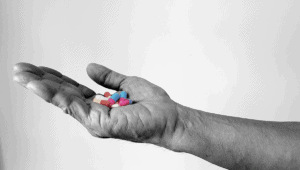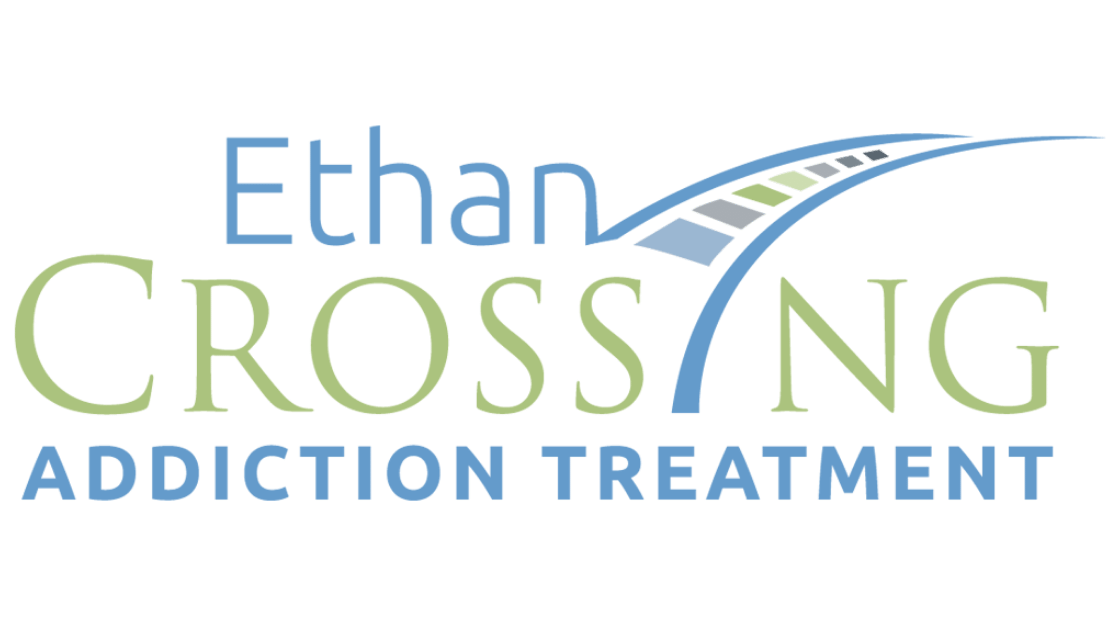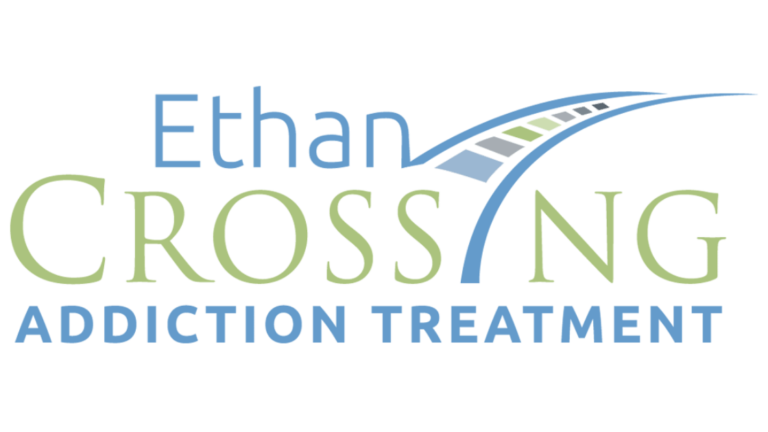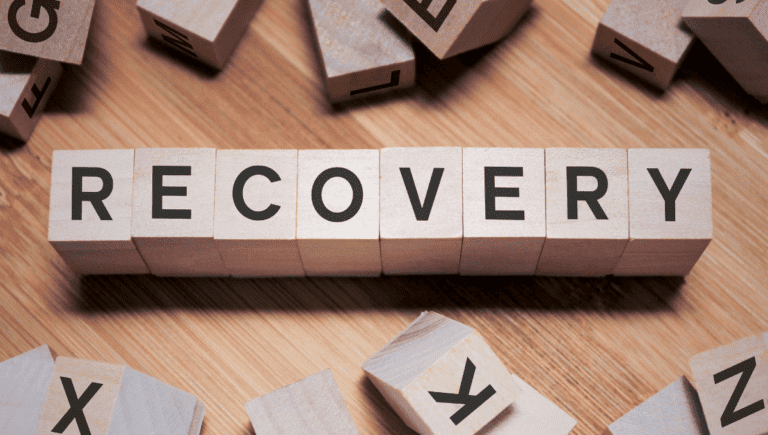What are Benzodiazepines?
Benzodiazepines, or “Benzos,” are a class of pharmaceutical drugs prescribed for a spectrum of mental disorders and ailments. They are used to treat moderate to severe anxiety, panic attacks, sleep conditions, epileptic seizures, restless leg syndrome, and even withdrawal symptoms from other Central Nervous System (CNS) Depressants, like alcohol. Because of their high potential to cause addiction, benzodiazepines are generally prescribed for short-term use. Benzos are a depressant that functions as a sedative producing a hypnosis-like effect to relieve anxiety and muscle spasms, as well as reduce seizures.
The drug class known as benzodiazepines is made up of prescription tranquilizers, also called sedatives or anxiolytics. Most benzodiazepines come in pill or tablet form for oral consumption. Some brands, like Valium, can also be administered intravenously as a clear, odorless liquid. Benzodiazepines are legal when they are prescribed.
What are Benzodiazepines Used For?
Benzodiazepines also referred to as “benzos” are a class of drugs primarily used for treating anxiety. They can be effective in treating sleep conditions, restless leg syndrome anxiety, and other mental health disorders. Benzodiazepines can also be used to treat alcohol withdrawal and epilepsy amongst other ailments.
Jump To Section
Types Of Benzodiazepines
The most common benzodiazepines are the prescription drugs:
- Valium®
- Xanax®
- Halcion®
- Ativan®
- Klonopin®
- Halcion
- Restoril
- Tranxene
- Alprazolam
- Niravam
- Ativan
- Librium
Tolerance can develop, although at variable rates and to different degrees based upon how much the user is taking and how often benzos are taken.
You Might Also Be Interested In
Chemical Structure Of Benzodiazepines
Different types of benzodiazepines have different structures. The basic chemical makeup of benzodiazepines is 9-chloro-2-methyl-6-phenyl-2,5-diazabicyclo[5.4.0]undeca-5,8, 10,12-tetraen-3-one or 7-chloro-1,3-dihydro-1-methyl-5-phenyl-2H-1,4-benzodiazepine-2-one. Valium or Diazepam (CAS 439-14-5) is used example since it is commonly prescribed.
How are Benzos Taken?
Benzodiazepines come in the form of tablets, capsules, pills, injectables (e.g. diazepam, lorazepam, midazolam) and suppositories. Benzodiazepines are usually swallowed as tablets (pills) but can be injected for both medical and non-medical purposes and there are some reports of intranasal (snorting) when abused.
Toxicity Levels Of Benzodiazepines
The common mg’ prescribed by a doctor is between 0.1–1.0 mg. Toxicity that can lead to overdose occurs at levels above 1.5 mg. Overdose and fatality may occur at levels above 5 mg although it is most common for benzodiazepines to lead to overdose when they are mixed with another drug such as alcohol, cocaine, or heroin.
Common Street Names For Benzodiazepines
Common street names include Benzos and Downers. This is not to be confused with opiates (painkillers) which are also a downer but are made up of different chemical properties and have different effects on the user and also toxicity levels.
On the street, Benzodiazepine drugs might go by other names like:
- Tranks
- Downers
- Bars
- Sticks
- French Fries
- Ladders
- or simply Benzos
Benzodiazepine Abuse and Misuse
The medication reduces anxiety and in some cases helps with sleep patterns.

Also, being the cure for seizure disorders such as epilepsy, benzodiazepines can truly help those who suffer from these problems. It can be a life-saving medication for some people that have seizure disorders.
Loss of control is a major issue when it comes to benzodiazepine abuse. Not only do they lose control, but so does everyone who loves them and cares about them.
However, benzodiazepine abuse does not mean that all is lost with the use of the medication. Substance abuse treatment and rehabilitation provide hope for those who are struggling with substance use disorder.
Addiction Treatment Centers By Location
All Treatment Centers: See Rehab Centers
Springfield: Ethan Crossing Addiction Treatment of Springfield
Cleveland: Ethan Crossing Addiction Treatment of Cleveland, Ohio
Columbus: Ethan Crossing Addiction Treatment Of Columbus, Ohio
Indianapolis: Ethan Crossing Addiction Treatment of Indianapolis
Frequently Asked Questions
-
What Is The Most Prescribed Benzodiazepine?The most prescribed benzodiazepines are Alprazolam (e.g., Xanax), lorazepam (e.g., Ativan), clonazepam (e.g., Klonopin), diazepam (e.g., Valium), and temazepam (e.g., Restoril). They are also the most frequently abused benzos that are most likely to be found and purchased illegally.
-
Are Benzodiazepines A Controlled Substance?
Yes, Benzodiazepines are controlled in schedule IV under the Controlled Substances Act. One substance named Flunitrazepam is placed in schedule IV but has the associated criminal and civil penalties of Schedule I substances.
-
Why Would a Doctor Prescribe Benzodiazepines To?
Benzodiazepines are commonly used to treat mental health conditions such as Generalized Anxiety Disorder (GAD) and sleep disorders as well as some medical conditions such as epilepsy and mania. Benzodiazepines are also used to treat depression.
-
Who Should Not Take Benzodiazepines?
patients that have a history of substance use disorder should not take benzodiazepines. Benzodiazepines should be avoided in patients with a history of drug abuse. If you have tried benzodiazepines and not experienced positive results, there are other options, for instance, Mirtazapine (Remeron) and buspirone are also effective in treating GAD for patients who do not respond to at least two trials of SSRIs or SNRIs. TMS therapy is a new therapy that helps with GAD and depression and does not require medication.
Benzo Side Effect and Withdrawal symptoms
Benzodiazepine misuse, along with abuse of other drugs, causes a lot of issues. Not only does it destroy the person who is addicted but also their family members and friends. Some of the benzo side effects and withdrawal symptoms are listed below:
Sleep Disturbances
Using benzodiazepines can cause severe sleep disturbances. While many people suffer from these issues, the direct side-effects of benzos make this problem even worse.
Cravings
Benzodiazepine abuse causes very dangerous cravings. When people get addicted to benzodiazepines, not only do they feel withdrawal symptoms when detoxing but they also start craving their drugs of choice. These cravings can cause them to go back on benzos even before rehab treatment is over.
Anxiety
Anxiety disorders are common when someone is addicted to benzodiazepine. Those that suffer from anxiety before getting addicted often find that their issues become worse while they are addicted. These folks can experience long-term issues with anxiety even after rehab treatment has ended.
Headache
Those that are addicted to benzodiazepines suffer from headaches when detoxing.
Heart Palpitations
When people are dependent on benzodiazepines, they experience heart palpitations. These issues can also cause them to feel dizzy and lightheaded. This is a dangerous issue that requires immediate medical care if it continues for long periods or becomes very severe.
Muscle Stiffness
Muscle stiffness and tightness are common issues for those that are addicted to benzodiazepines. When detoxing, people experience muscle aches and pains throughout the body. These issues sometimes last for quite some time after they have stopped taking benzos.
The Origin And History Of Benzodiazepines
The first benzodiazepine, chlordiazepoxide (Librium), was discovered accidentally by Leo Sternbach in 1955 and was made available in 1960 by Hoffmann–La Roche, which was soon followed by diazepam (Valium) in 1963. Benzodiazepines are only available through a legal prescription. They are controlled in Schedule IV under the Controlled Substances Act. Sternbach and La Roche, were working on developing tranquilizers and the chlordiazepoxide chemical showed very strong sedative qualities. on the development of tranquilizers. The sedative was announced and distributed in 1960 under the brand name Librium. Following chlordiazepoxide, diazepam was marketed by Hoffmann–La Roche under the brand name Valium in 1963. By the 1970s benzodiazepines were the most commonly prescribed drug in the world.
Find Help For Benzo Addiction
There are several facilities where one can get help with benzodiazepine detox. Helping yourself or someone you love get through the detoxification process safely is paramount to a successful recovery. If you need help, please visit our location pages or go directly to our admissions page to start the journey to recovery.
Sources
- History Of Benzodiazepines
- Benefits & Risks of Benzodiazepines
- Benzodiazepine Addiction
- https://www.ncbi.nlm.nih.gov/pmc/articles/PMC4978684/#:~:text=The%20most%20commonly%20prescribed%20benzodiazepines,%3D%201371%3B%2014%20%25).
- https://www.emcdda.europa.eu/publications/drug-profiles/benzodiazepines_en














